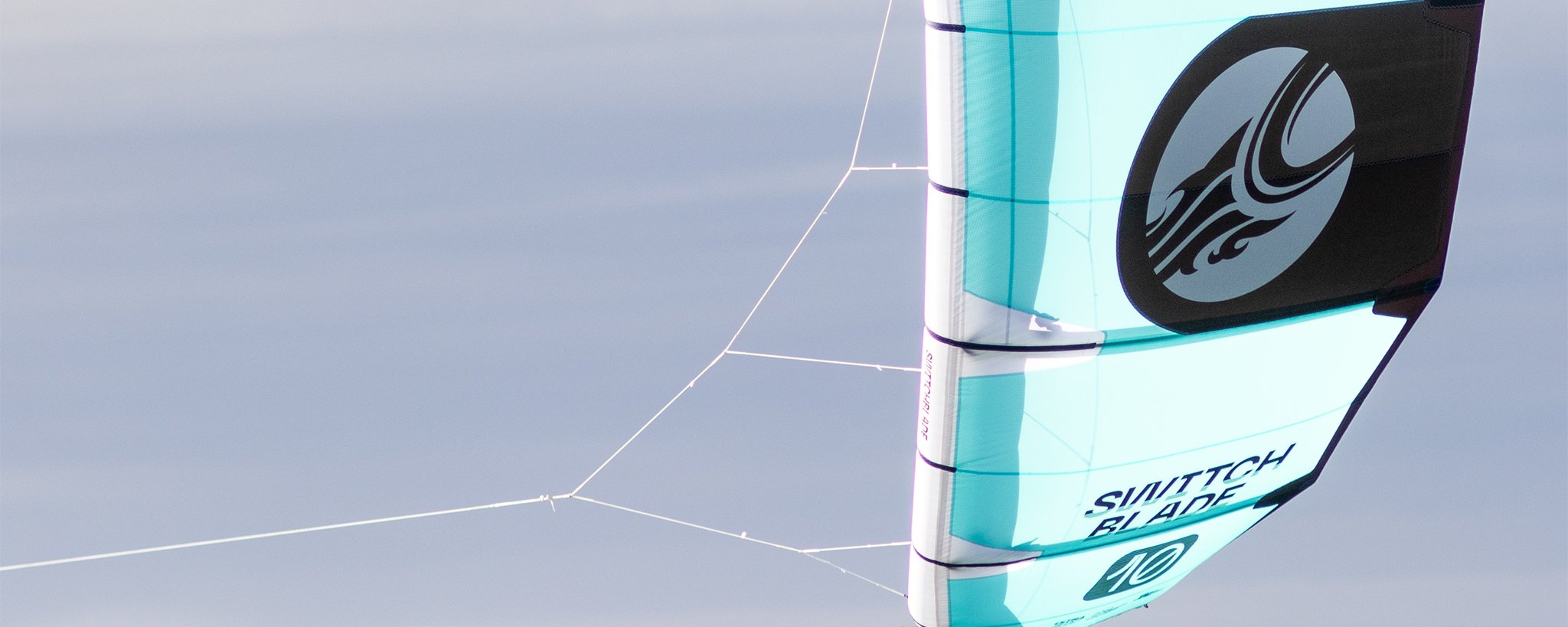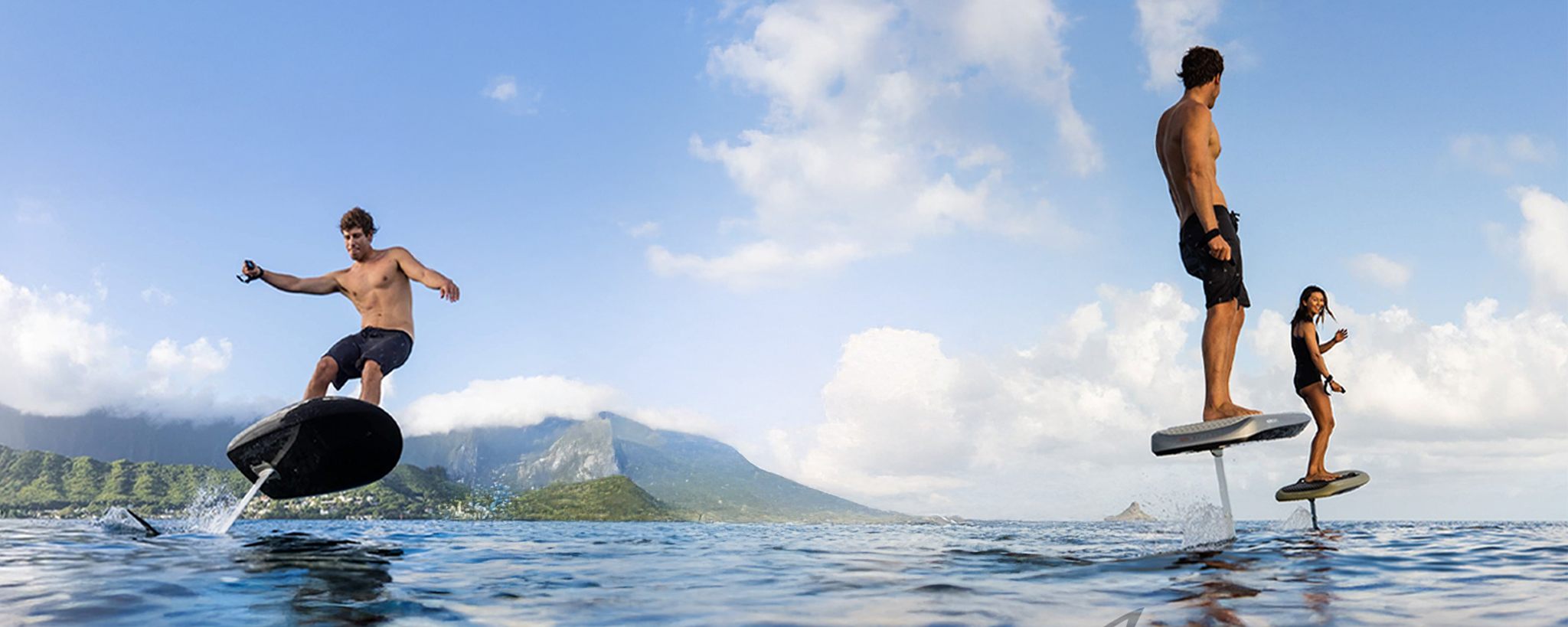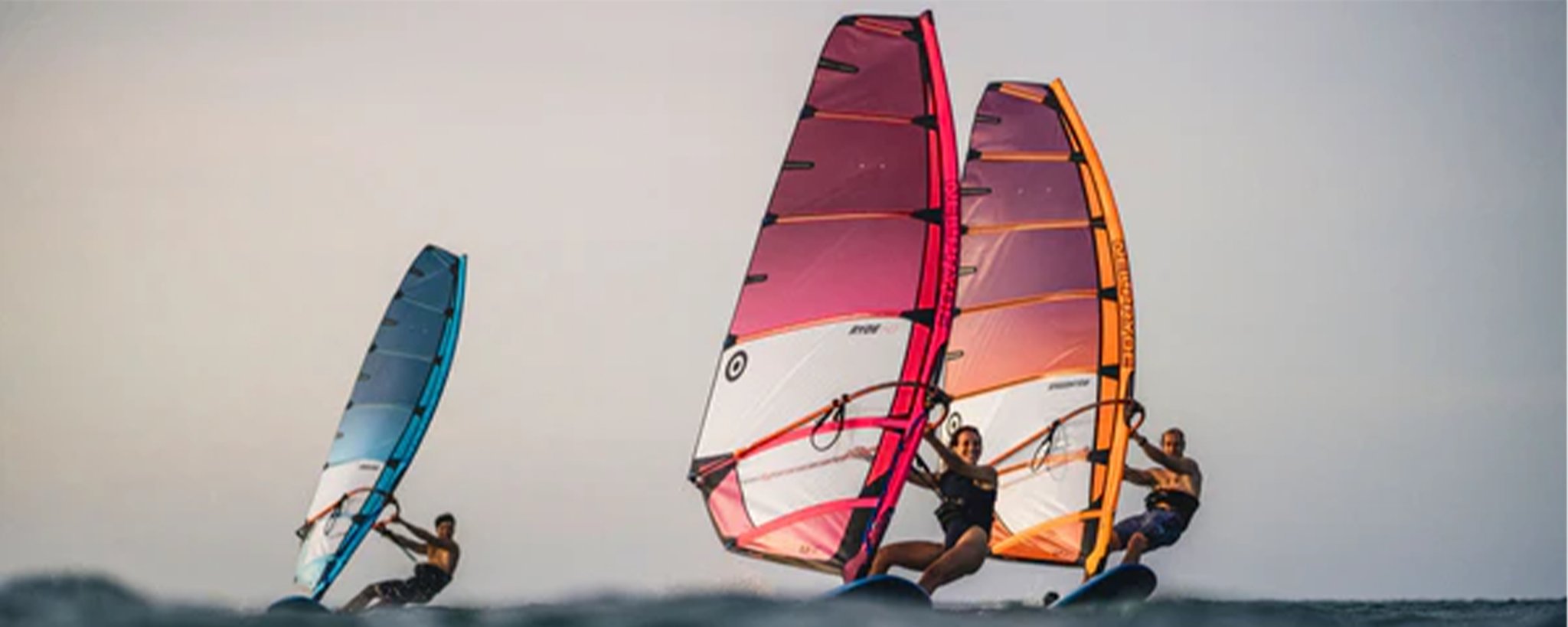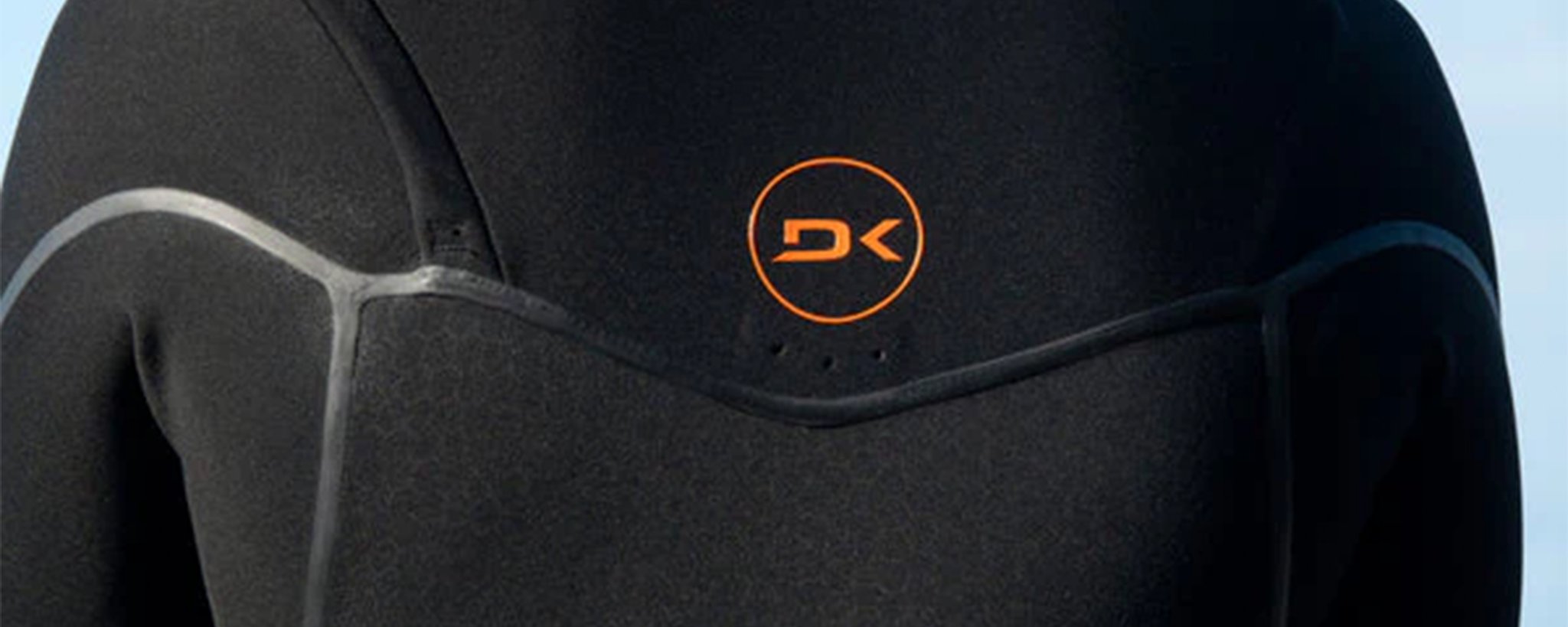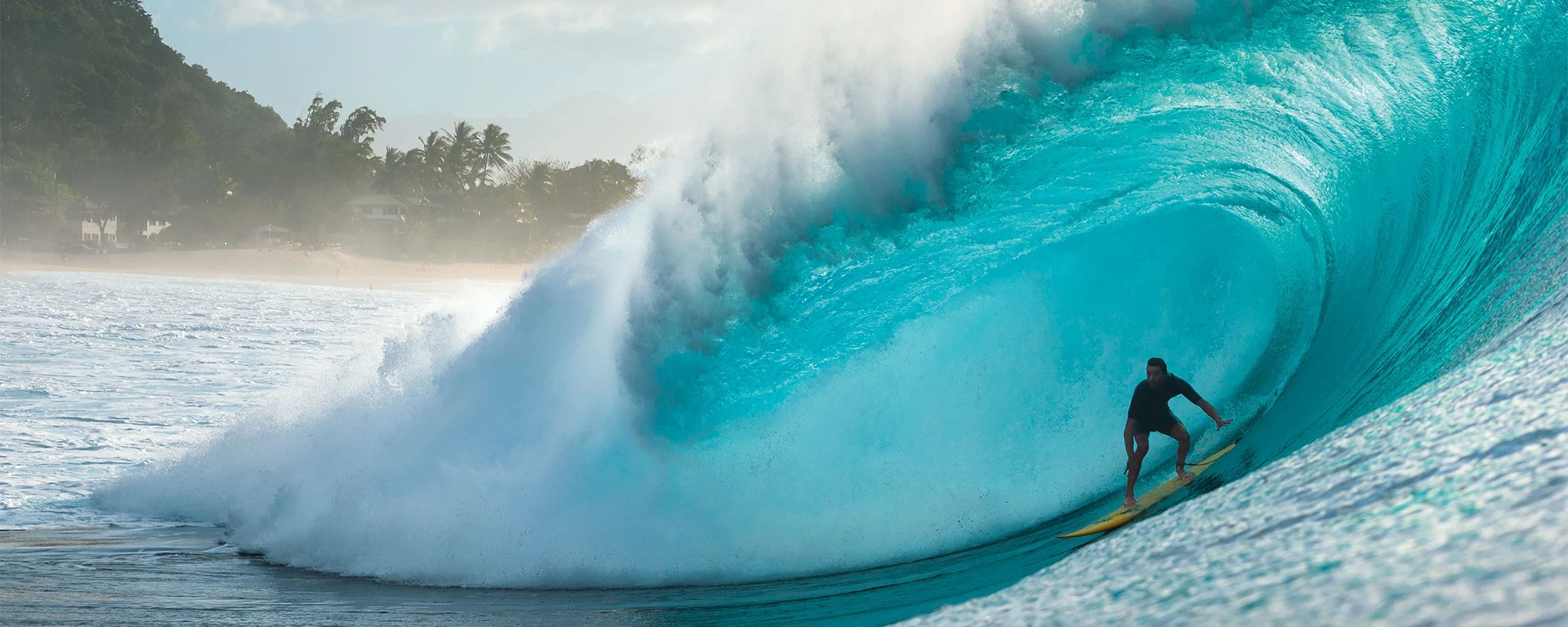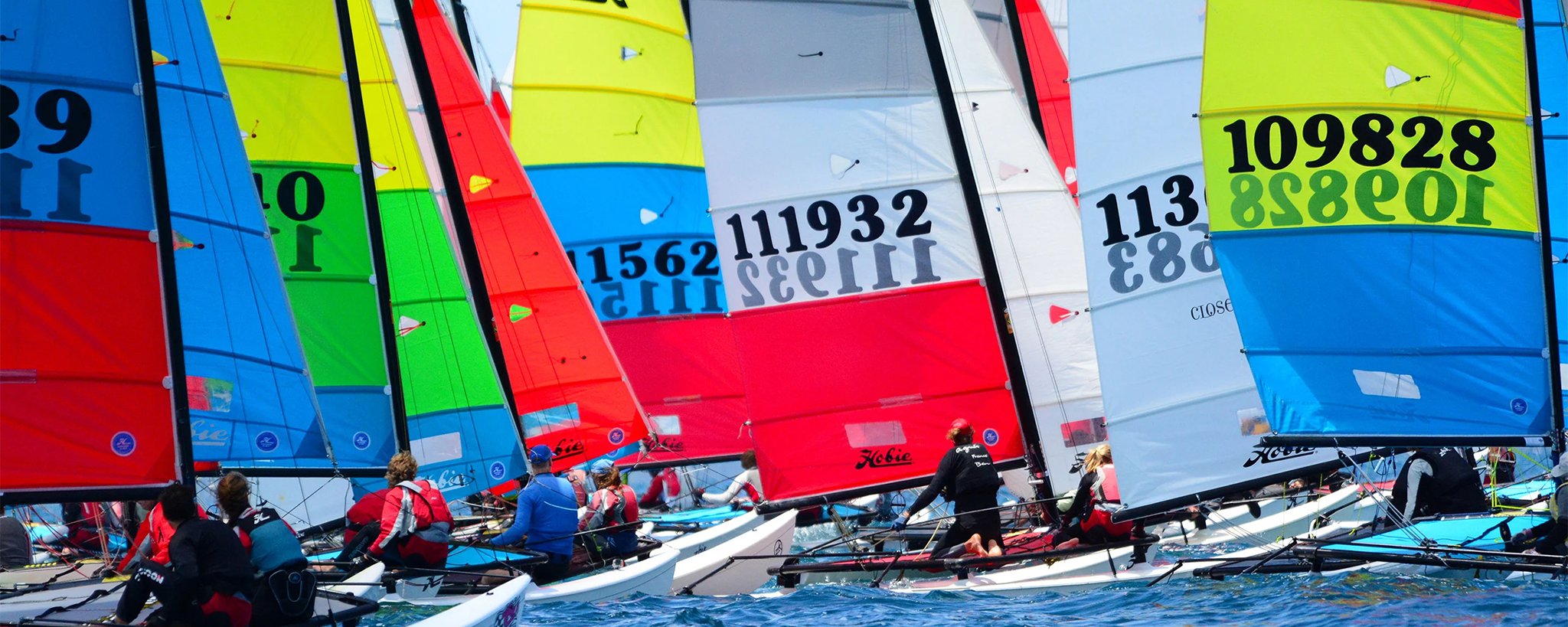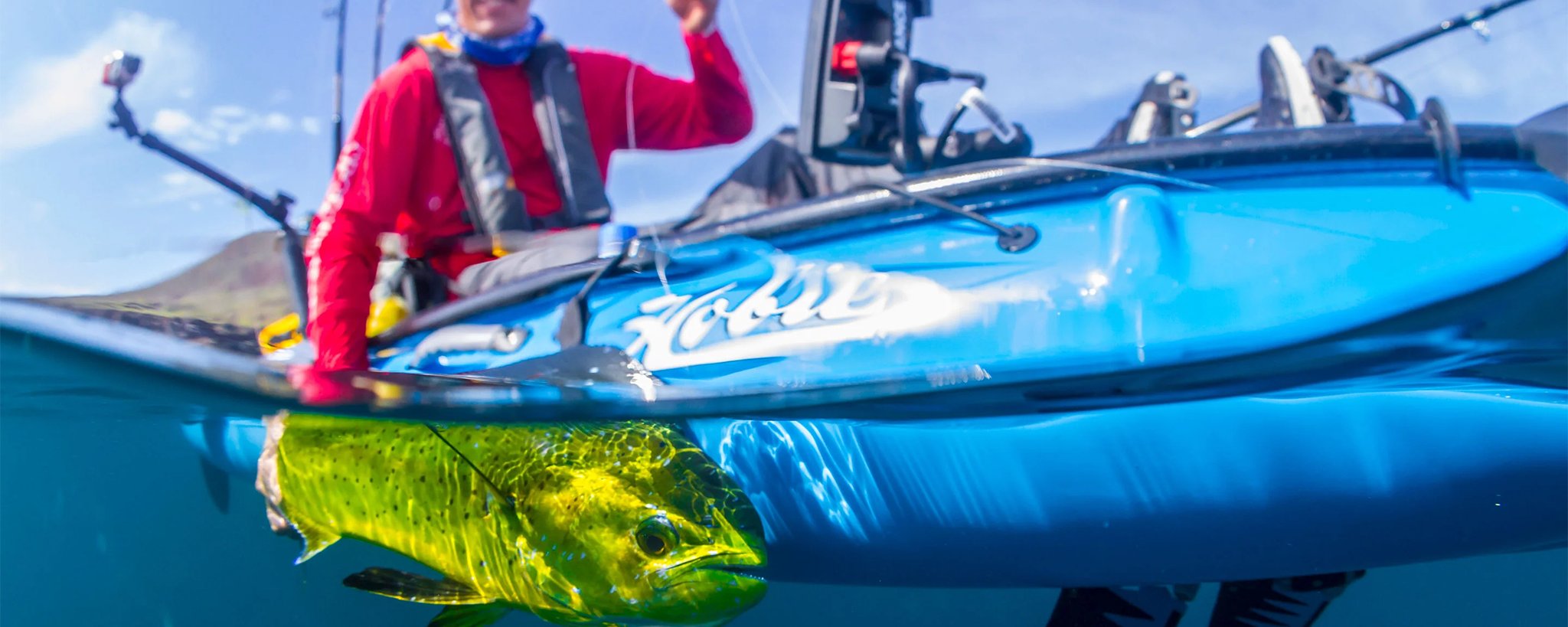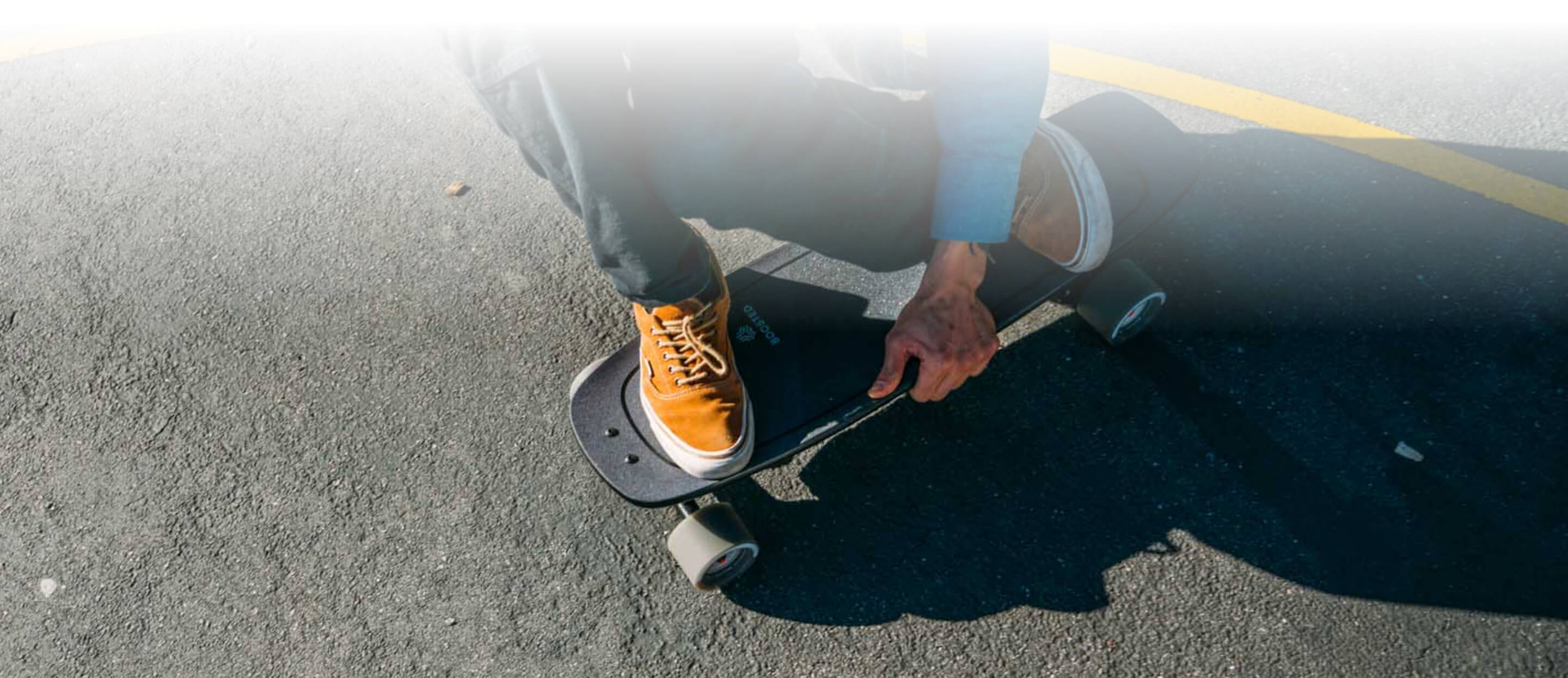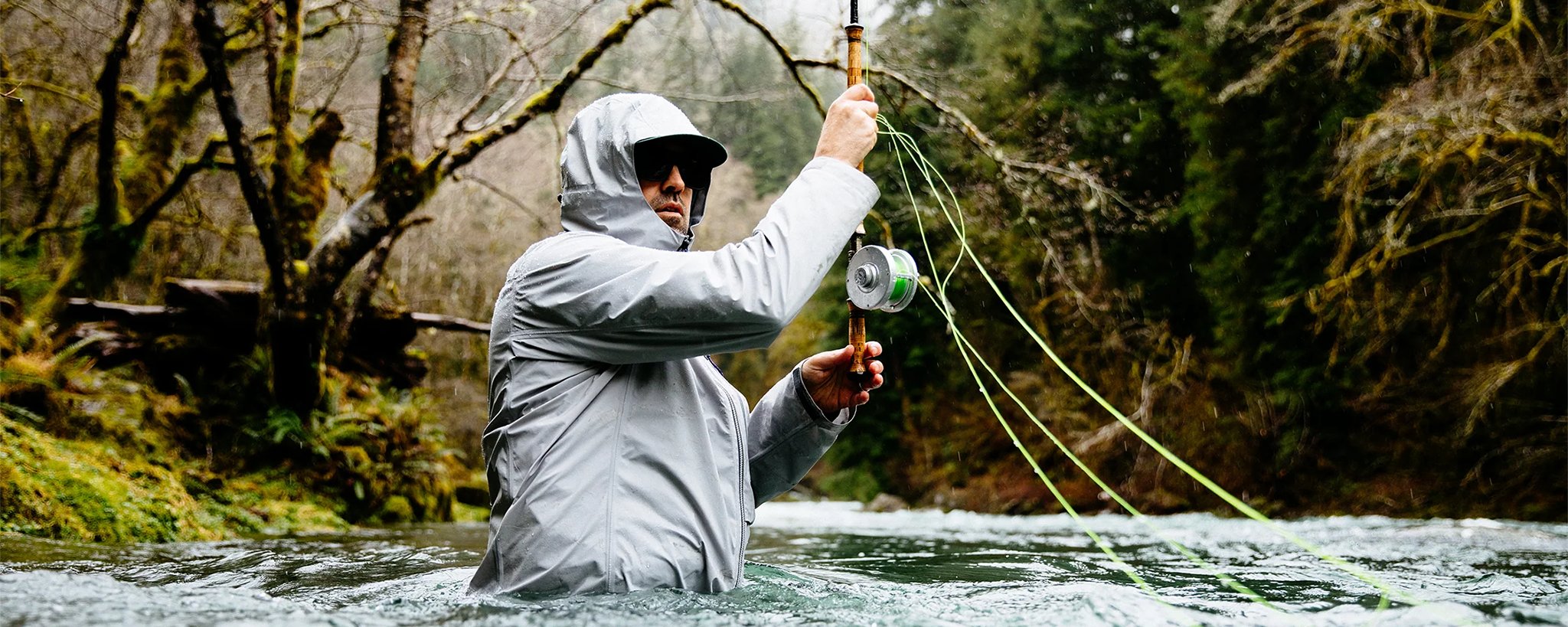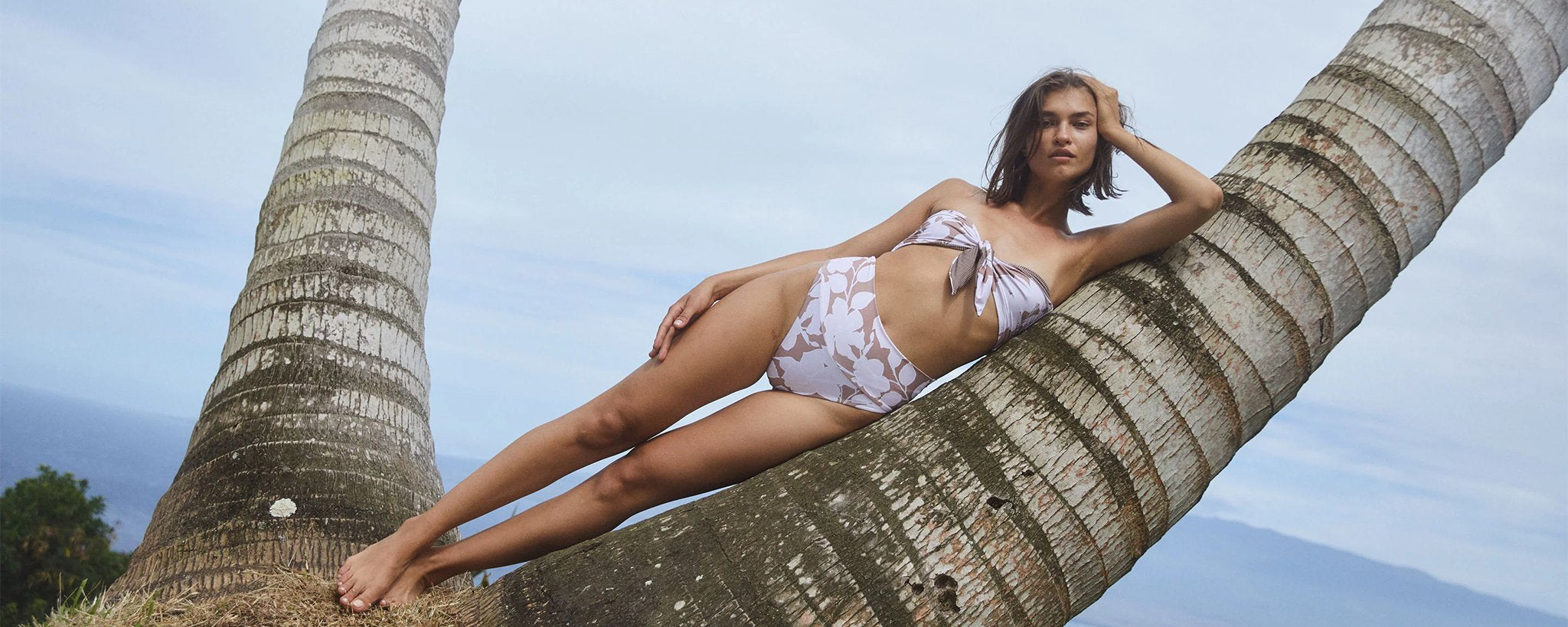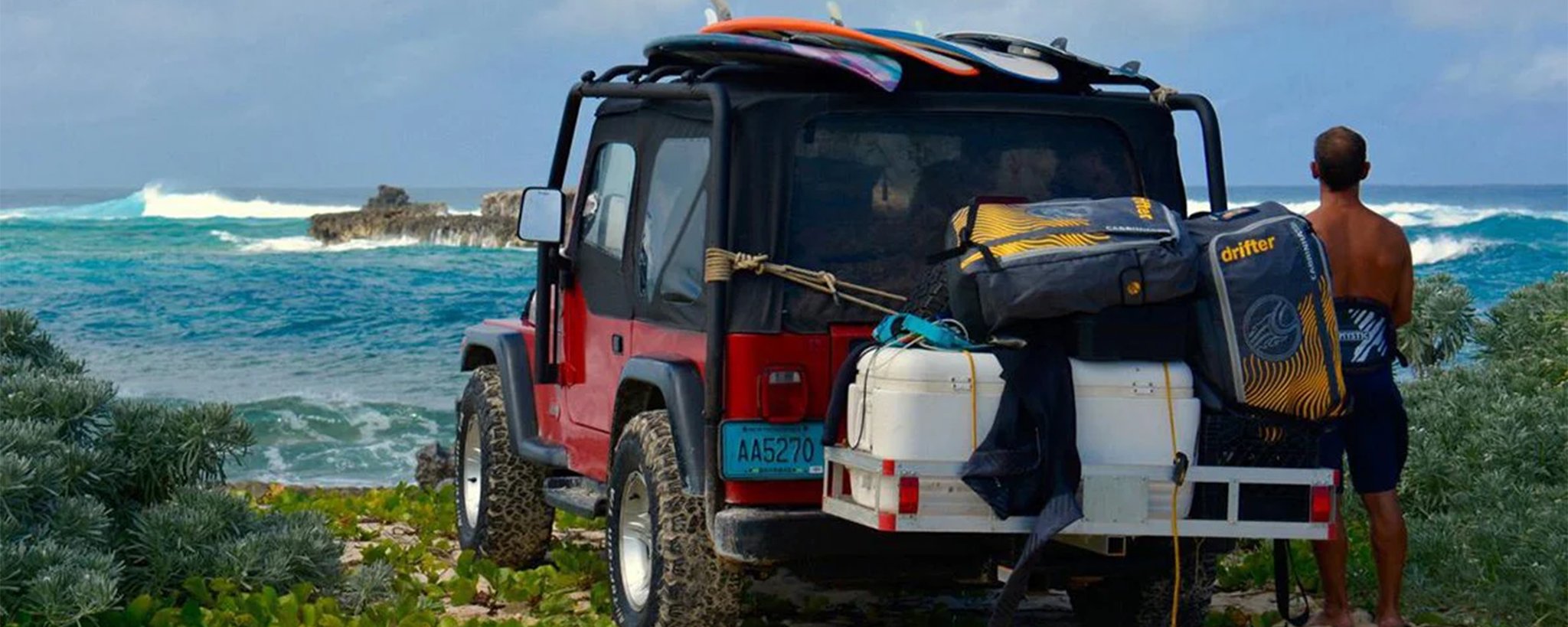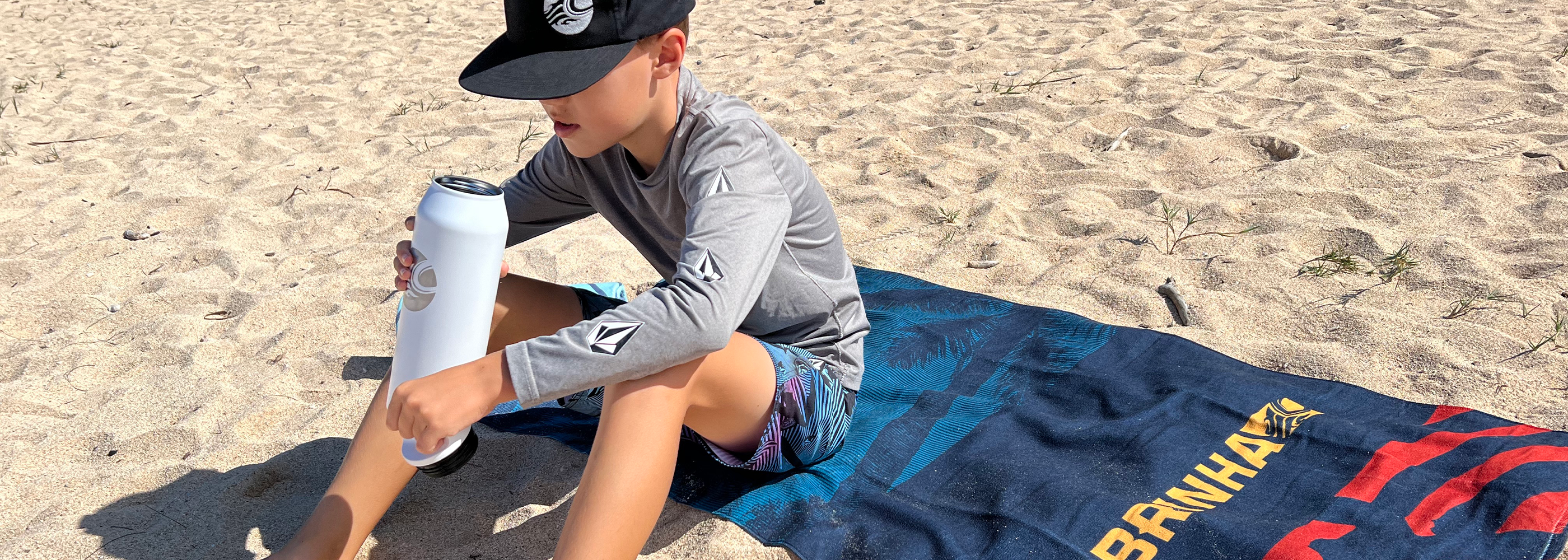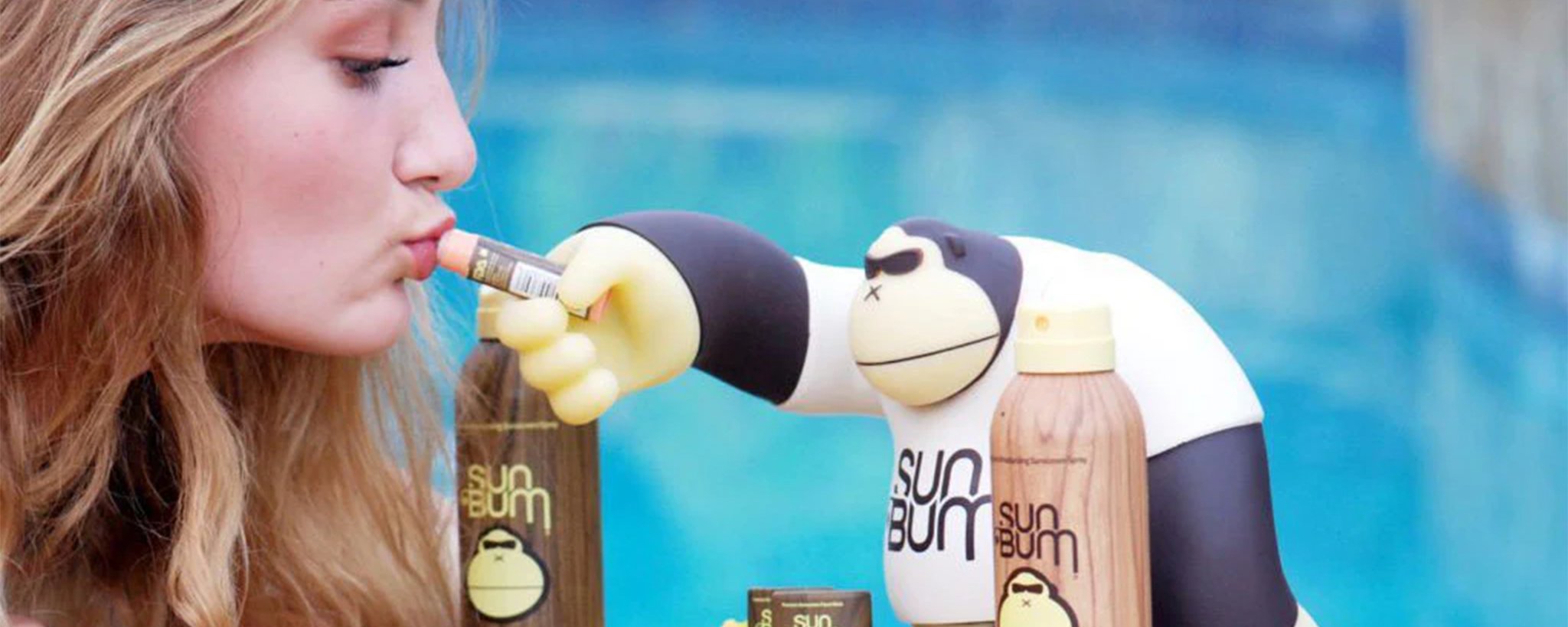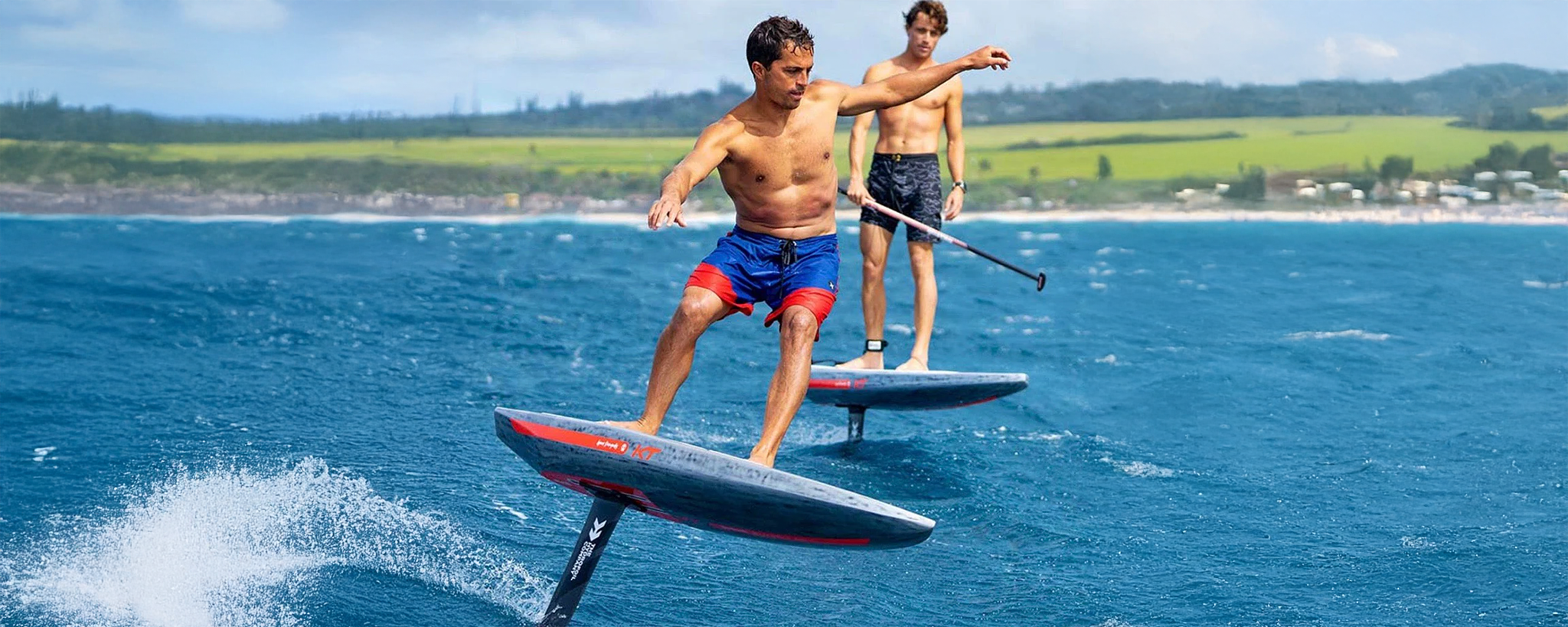
Kitesurfing is ideal for both casual cruising and adrenaline-pumping air, and it has burst onto the water sports scene in a big way. With more attention than ever and constant developments and improvements since its creation, kitesurfing has evolved over the years. Let’s take a look at its history.
The Legaignoux Brothers
Traditional kites date back to the 13th century, but the idea of using wind power to surf is way newer. The Legaignoux brothers dreamed up this sport after making a name for themselves by winning the 1979 French National Junior Dinghy Sailing Championship.
Using this victory as a springboard, the brothers took their background as surfers, cruising boat skippers, and sailing instructors to experiment with speed sailing—an existing sport that did not have much of a following. They finally struck gold after seeing a custom-designed catamaran pulled by flexifoils in 1984, known as Jacob’s Ladder.
The First Manufacturing Company
With Jacob’s Ladder as their major inspiration, the brothers tried to figure out how they could use kites to glide over the water. By 1985, they developed their first device that allowed them to sail with water skis—earning them the Ingenuity Prize at Brest International Speed Week—and paved the way for further innovations that would become modern kitesurfing kites.
By 1993, the brothers had created a company and developed their first product: the WIPICAT, an inflatable craft pulled by a kite of their own design. While this product was not a commercial success, it drew the attention of windsurfers, which would help bring kitesurfing into the mainstream.
The next big innovation was in 1995 with the WIKIPA. This product used preformed inflatable tubes and a simple bridle system to finally solve the issue of relaunching from the water. In 1997, the Legaignoux brothers collaborated with Neil Pryde to produce a limited number of kites, which they then sold under the WIPIKA brand. With this success, more companies rushed to get involved with the rising kitesurfing trend.
Modern Kitesurfing
By 2008, the International Kiteboarding Association was formed with five disciplines: freestyle, course racing, wave riding, kite cross, and speed. Over the next 10 years, kitesurfing exploded in popularity and enjoyed (and is still enjoying) innovations in kites, boards, and other accessories like the kitesurfing foil.
The future is bright for kitesurfing and has only become more accessible to people of all ages. With a better understanding of how kitesurfing has evolved over the years, we hope you’re pumped to give this incredible water sport a try!

